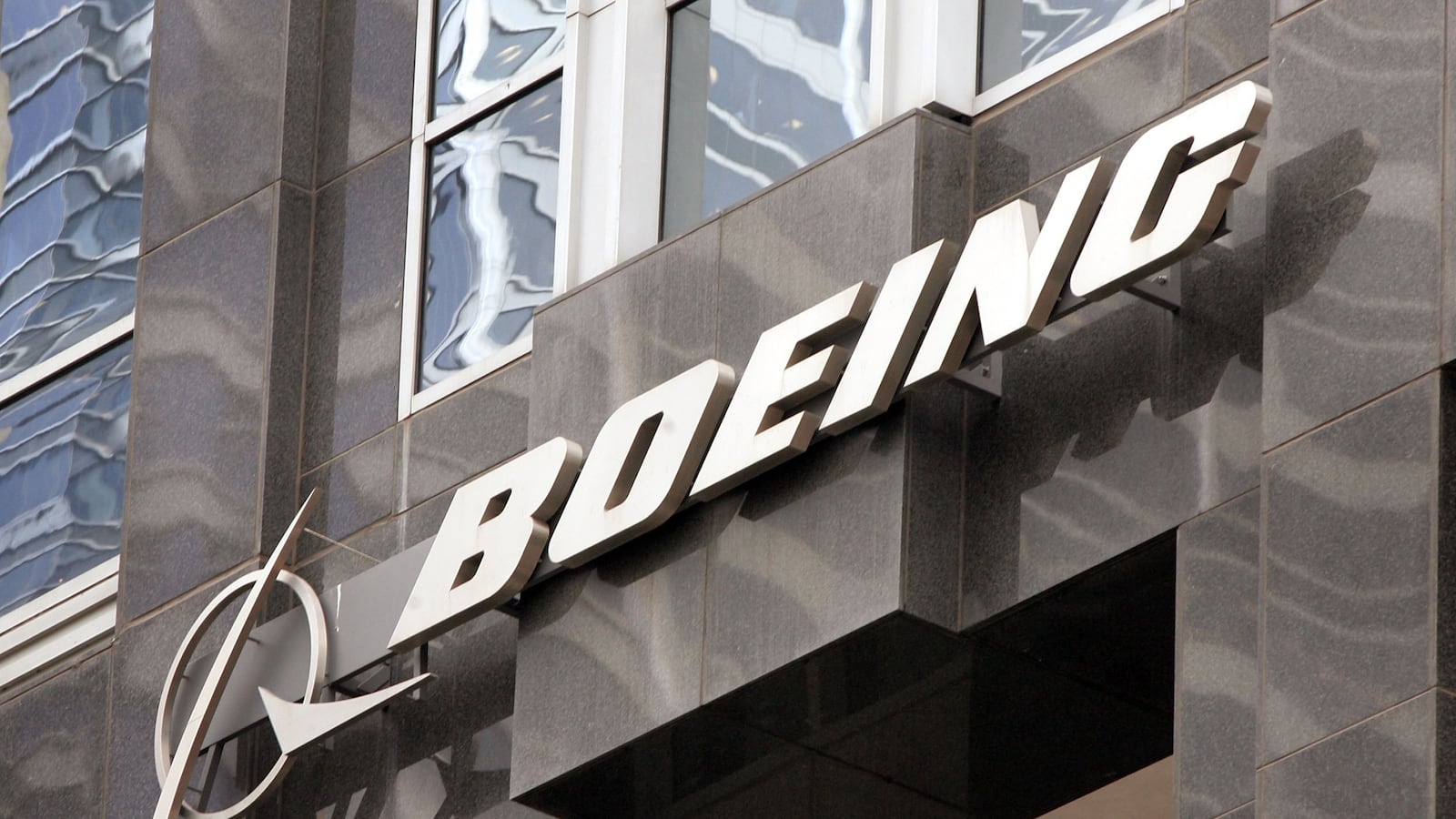After a Boeing 737 crashed near Amsterdam in 2009, Boeing tried to deflect attention from its own “design shortcomings” and its responsibility in the deadly crash was subsequently “buried,” The New York Times reported Monday.
The passenger flight—a predecessor to Boeing’s 737 Max plane—crashed during a landing at Amsterdam Schiphol Airport and resulted in the death of all nine passengers and crew. Sidney Dekker, an aviation safety expert, was commissioned by the Dutch Safety Board to analyze the crash at the time, but the study was reportedly never made public.
A review by the Times of evidence from the accident revealed that Dutch investigators placed the blame on the pilots for failing to to react properly, when in fact an automated system malfunction along with faulty safety assessments and design choices by Boeing caused the plane crash. The manufacturer had not provided pilots with sufficient information to react to the malfunction, according to the study.
The evidence shows that the Dutch Safety Board either diminished or omitted criticisms of Boeing in its final report after Boeing officials and federal safety officials approached them, according to documents and interviews. The findings reveal striking similarities to Boeing’s 737 Max plane crashes in Indonesia and Ethiopia last year that killed 346 people. The 2009 accident “represents such a sentinel event that was never taken seriously,” Dekker said.
Read it at The New York Times



